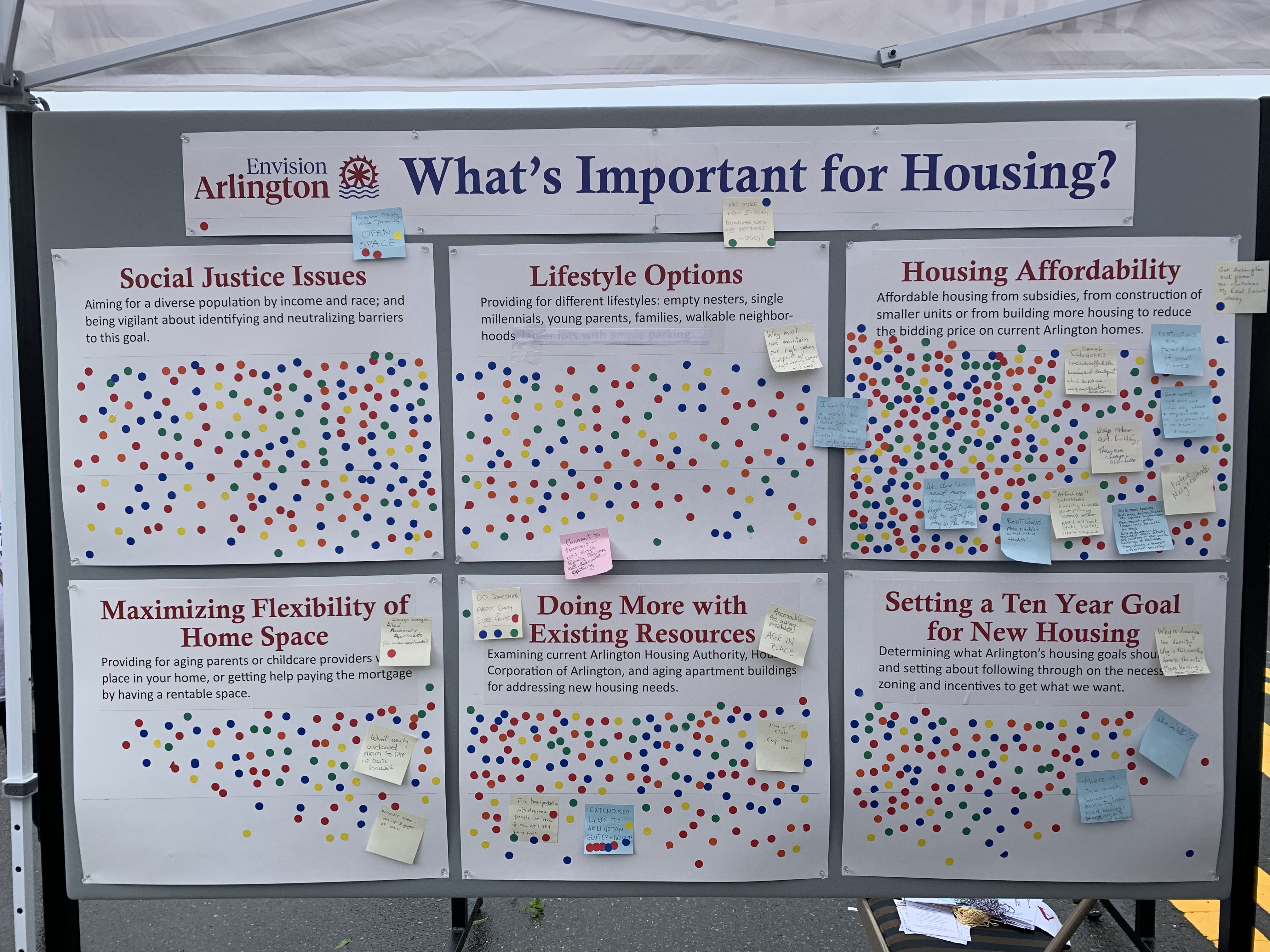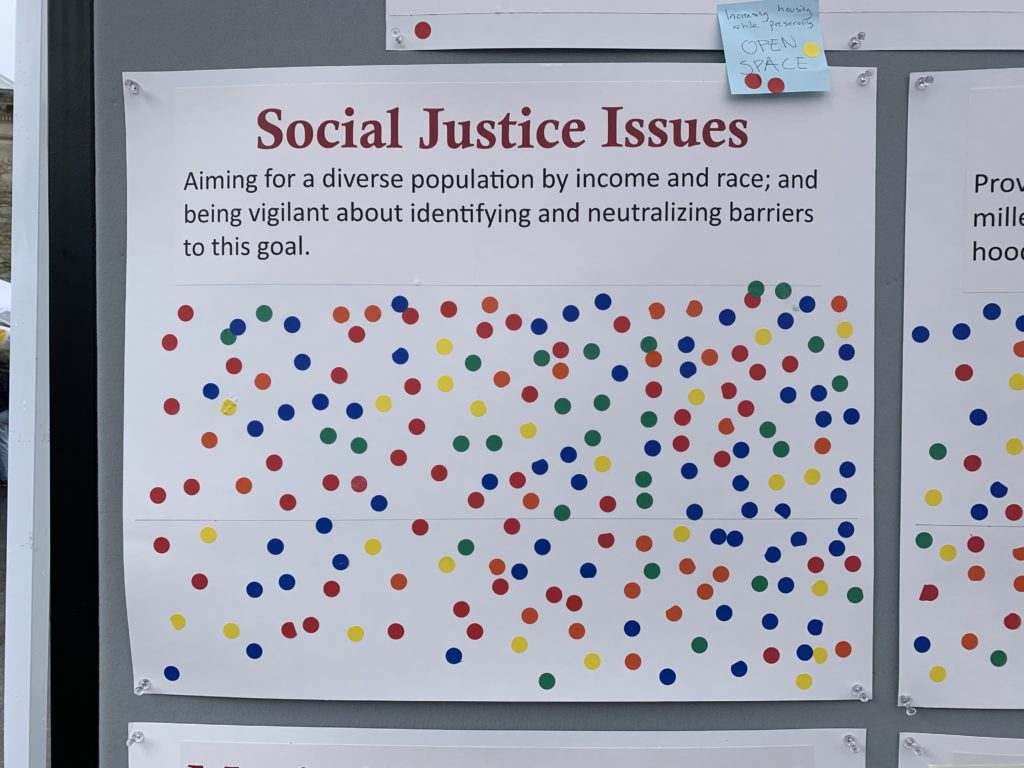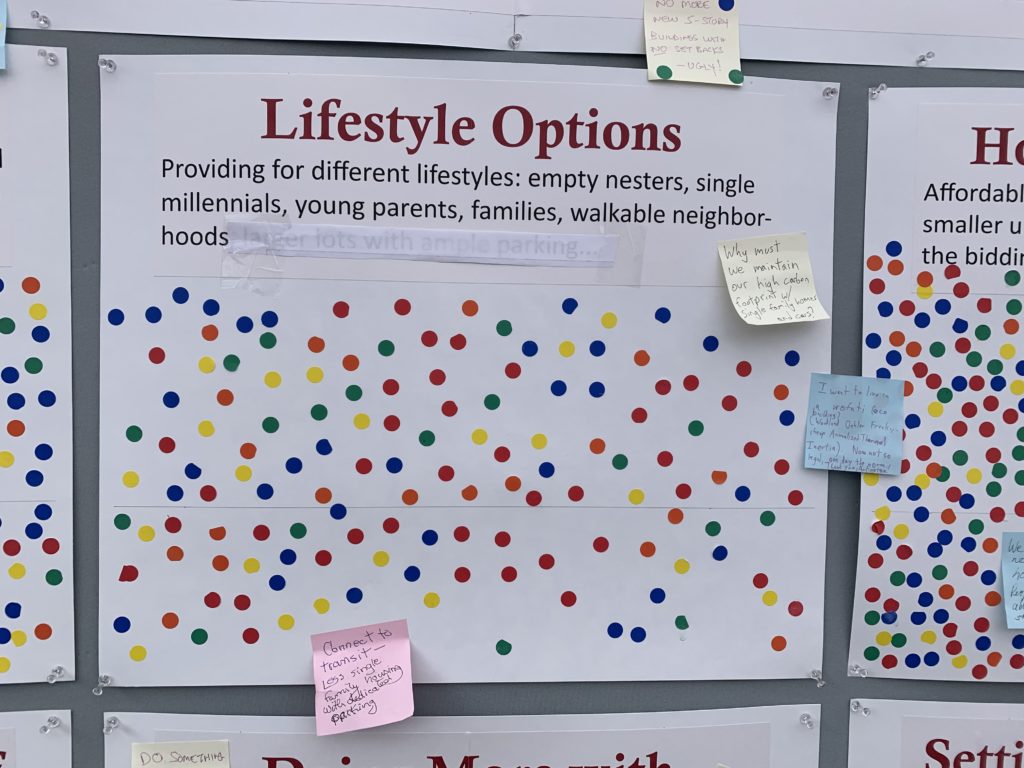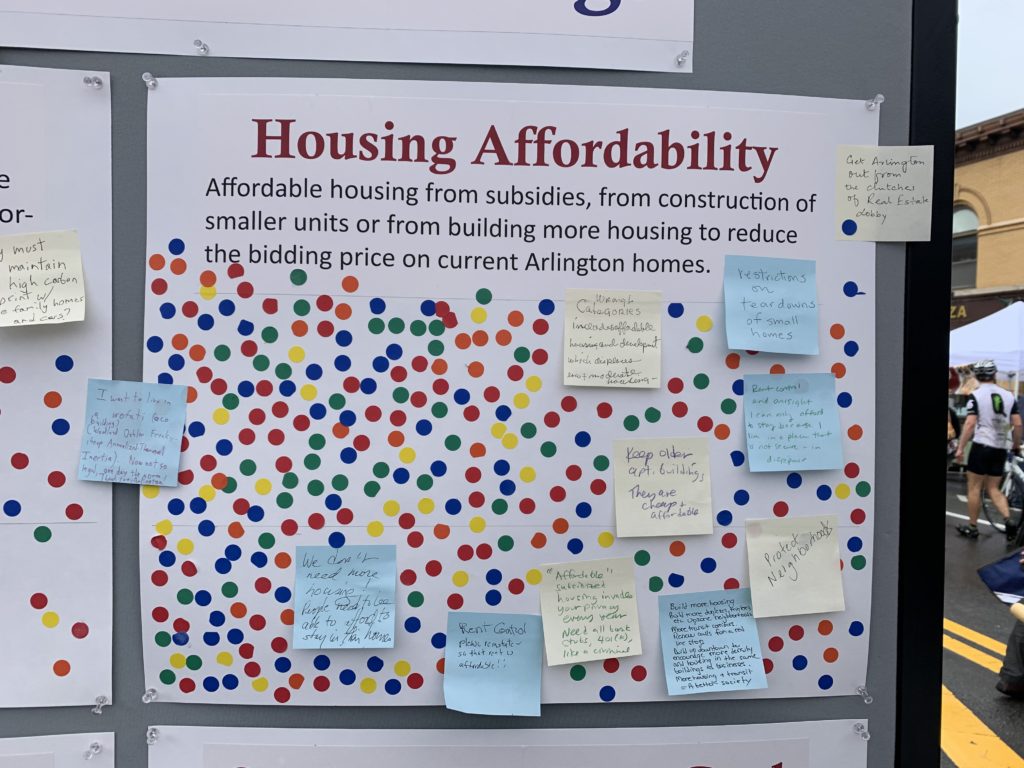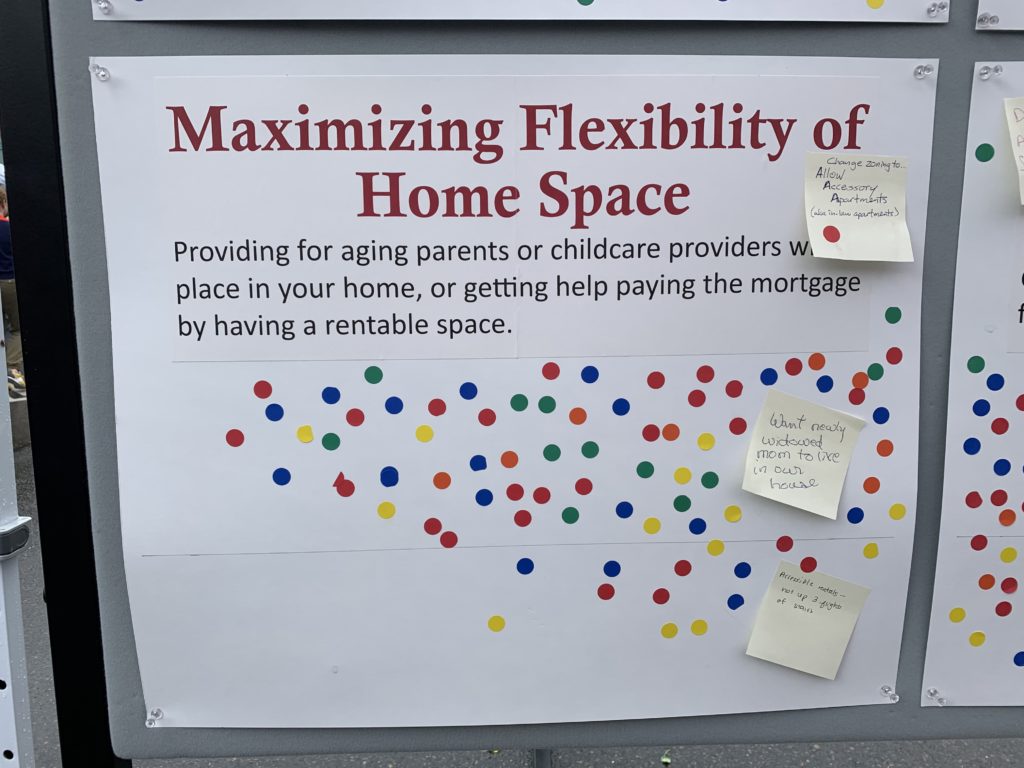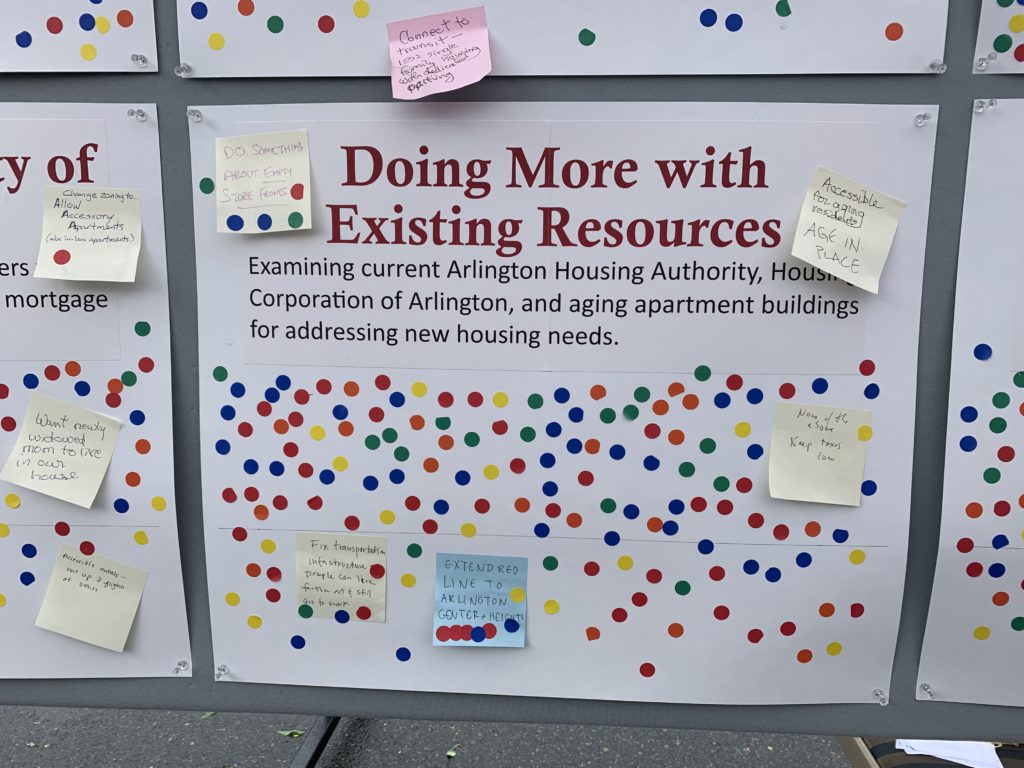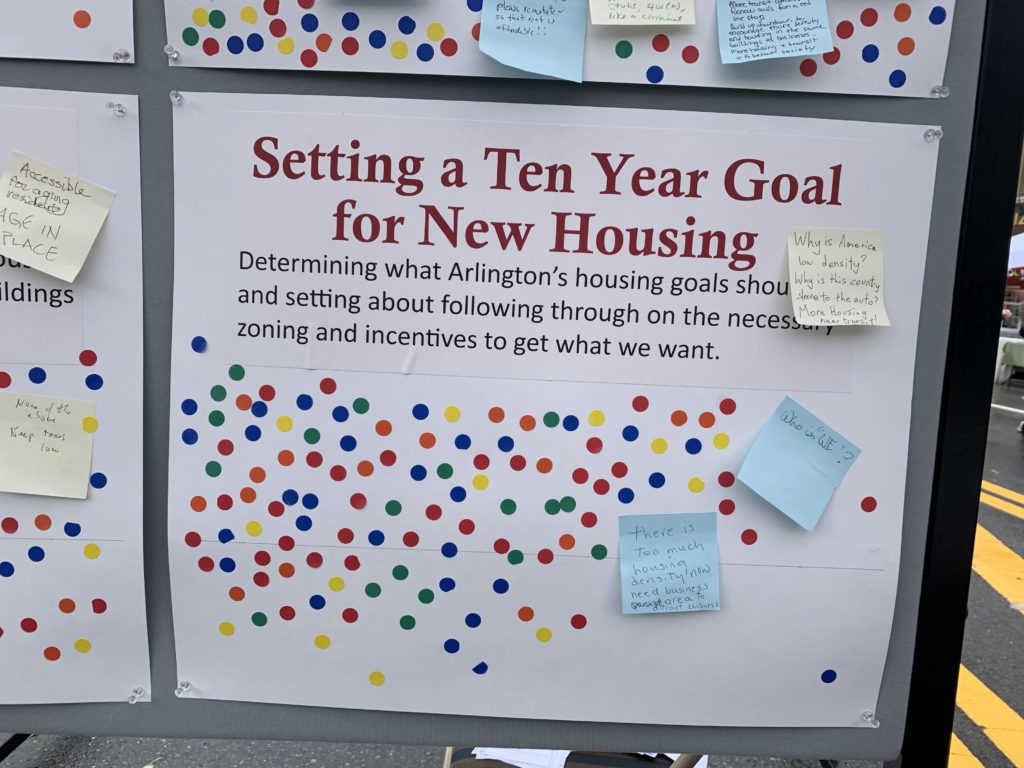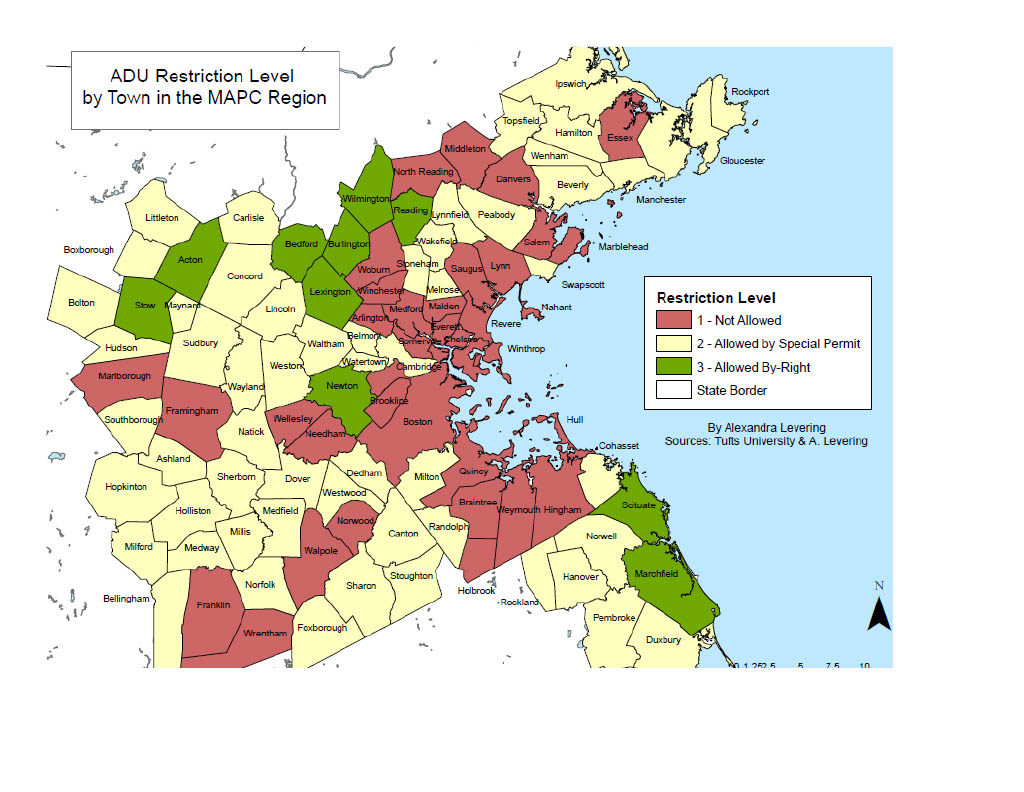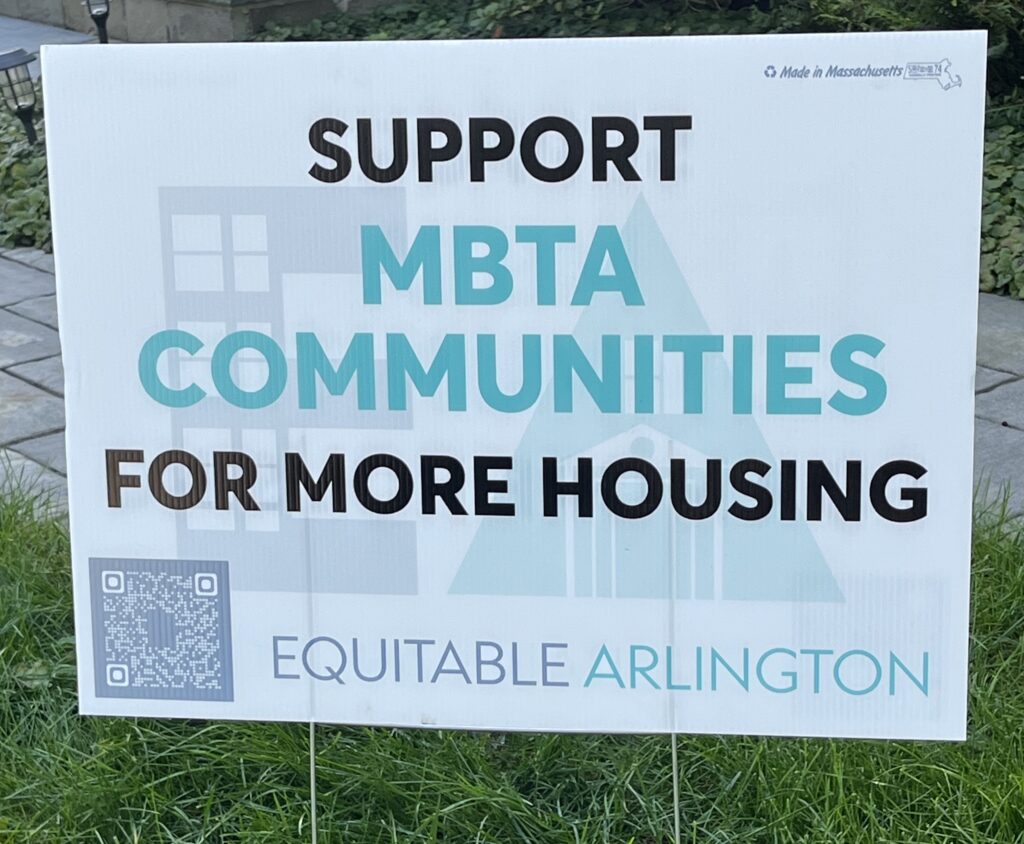
Show you support the MBTA Communities Plan for Arlington with this free yard sign. Sign up below with your name and address, and we will deliver the yard sign to your home and place it in your front yard for you! If you don’t have access to a yard, we can also give you one to place in your window.
